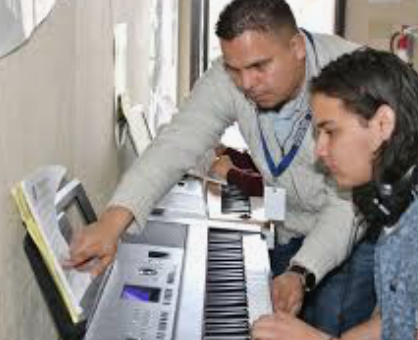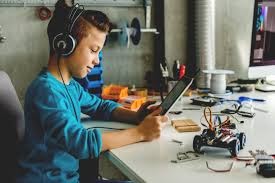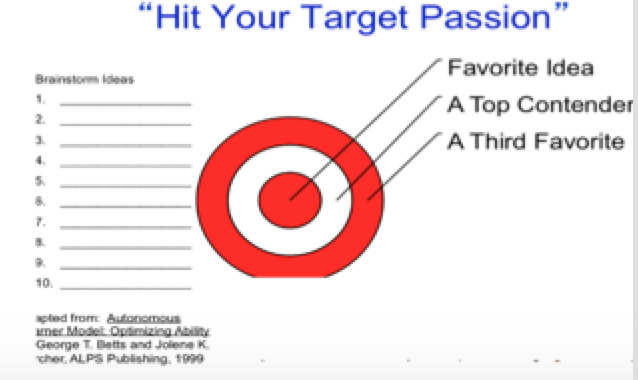Building Strengths Through Investigations
Remember: Twice-Exceptional Students Need to Explore and Build Strength Areas:
Lesson 3 introduced how important it is to focus on students' strengths and interests. In this lesson, we'll again reinforce why a strength-based focus is important and offer another way to create learning opportunities to tap into this highly-motivating strategy.
Richard Olencheck, one of the most prominent leaders in gifted education, states: To overlook creative development in students who are Twice Exceptional is to deny them the necessary educational provisions they not only need but also deserve. To do otherwise is to reduce learning to an exercise in remediation wherein only the disabilities seem to matter while areas of giftedness and talent are marginalized if not completely disregarded. Such an educational program is negligent and certainly shortsighted, and both the child as s/he matures and the larger society lose out (Olenchak, 2017).
Many other researchers also argue that talent development is the most crucial component of the education of 2e students (Reis, 2014).
Normally, it is difficult to find the time for students to discover their passions within the regular allotted curriculum day. Flexible online learning necessitated by COVID-19 may allow the time students need to explore concepts and ideas that they want to know more about.


Structuring Student Interest Studies
Getting Started: Some Non-Negotiables
Projects that involve independent studies, and problem-based learning aren’t new--they have been around for a long time, however when we look at our twice-exceptional learners, it is also important to take into account their social/emotional needs as well as disability/challenge areas. It is critical that the student is the one who determines the area of study and how the investigation will proceed with guidance. 2e students need flexibility in the choice of topic and a chance to work independently on something that is of interest to them.
Develop A Plan for Student Investigations
Step 1: Identify an interest or passion area
Some learners have been waiting a lifetime to be able to study an area of interest in school while others won’t have a clue what they want to learn about. Start with the simple question of “What do you want to know more about?” Some students are going to need time to explore while others may have resources at their fingertips! Have the student begin by doing some personal investigation about what they would like to know more about--they will need time and an opportunity to investigate as well as guidance. This link to resources for student projects provides several suggestions to help students identify their passion/interest area to study.
One example is provided from the Autonomous Learner Model Resource Book.

Step 2: Organize Thinking and Research
Organization is often a struggle for 2e students. There are many ideas for this, however it needs to work for the student. One resource: the Independent Investigation Method for students k-12 provides a step-by-step guide for doing research
Step 3: Monitor Progress
If the student is engaged in how the project is monitored and assessed there is an embedded element of ownership. Student logs provide a brief description of the elements in the project including timelines for completion and presentation plans. Suggestions for log content are in the resource document.
Step 4: Share Results with an authentic audience
Finding a creative way to share investigations is important. The Product Choices Chart created by Susan Winebrenner (2014) provides a resource to share their research in meaningful ways.
Step 5: Assess the project work
Some assessment tools to consider include: project planners, logs and weekly self-evaluations. A student/teacher created rubric ensures the student knows what expectations are. Connecting the work done on projects to standards provides relevance for what they are learning in the classroom.
As educators, we feel a tremendous obligation to make sure we are following curriculum. Providing the opportunity for a student to investigate and develop their strengths and passions may feel as if they are neglecting the key elements of their learning. Going back to the rigor, relevance and relationships that 2e students need, this is an opportunity to find their strengths. This is not meant to be a replacement of curriculum, but rather a way to integrate and enhance the skills required.